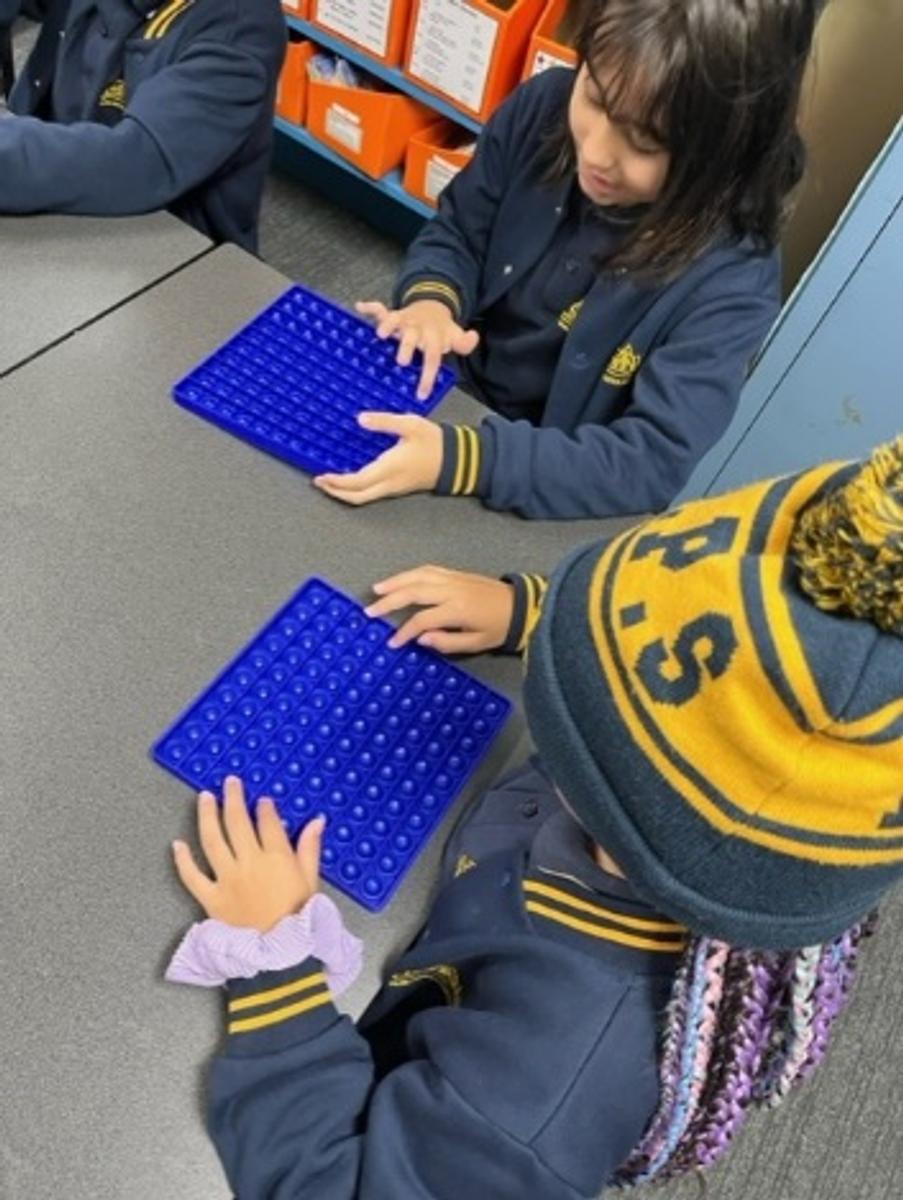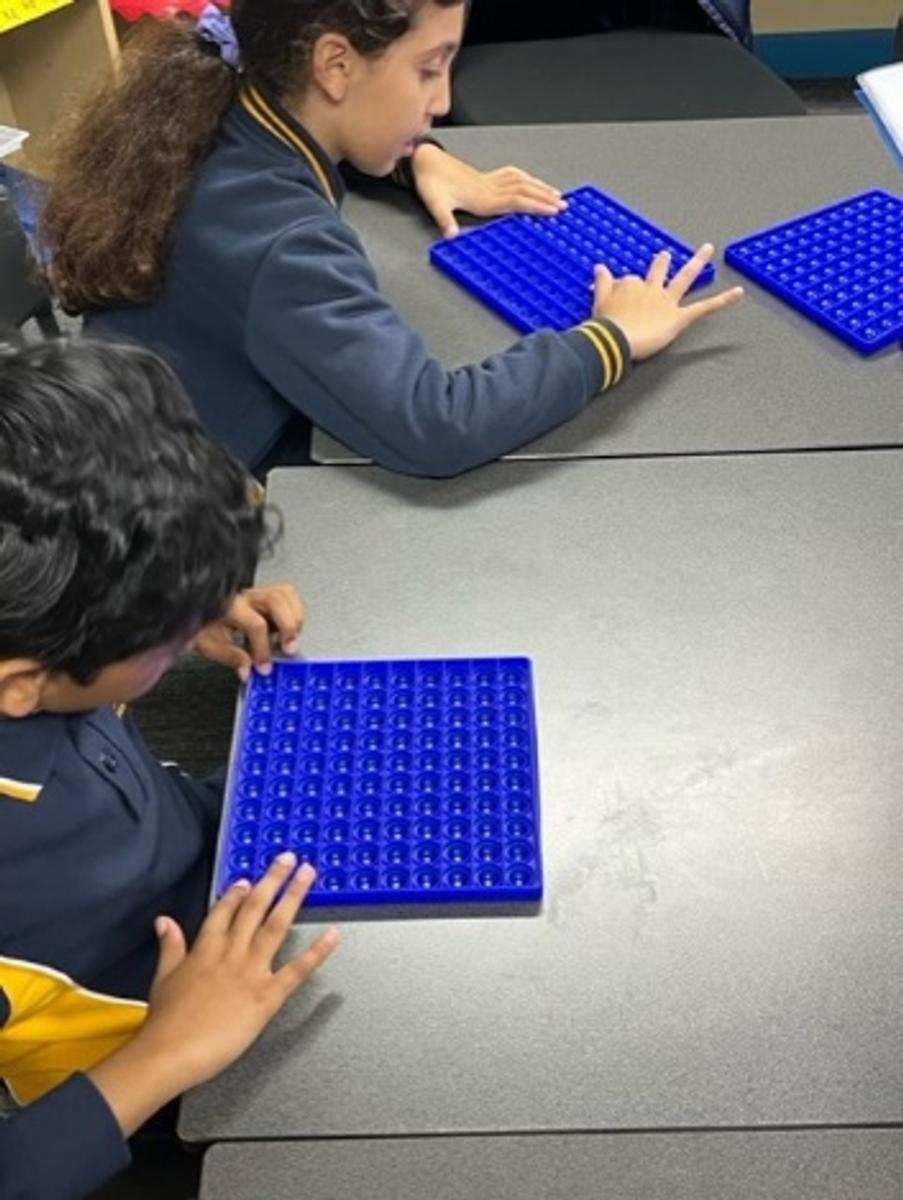TLI Update
Tutor Learning Initiative Update Term Two By Jayne Hill

TLI Update
Tutor Learning Initiative Update Term Two By Jayne Hill
This month in TLI the Grade Ones and Threes are being targeted to work on Reading and Numeracy.
There are three Grade One groups working on developing their Phonological Awareness.
Phonological Awareness is essential to the task of learning to read English.
This involves the ability to attend to, analyse and manipulate sounds within words.
They are working through the process of being able to identify the first, last and middle sounds in spoken words.
They make judgements about which sounds are the same or different. They match words and pictures according to their sounds. The students are learning to Blend and Segment sounds.
They participate in a variety of Phonological Awareness activities as well as Guided Reading sessions to improve their reading fluency.
We have one Maths group in Grade Three, working on developing addition strategies such as doubles, make to ten, bridge ten and using these strategies to solve addition equations.
They are also working on Place Value of 2 and 3-digit numbers, making, naming, and recording numbers using manipulatives such as MAB blocks.
There are two reading groups in Grade Three. One group is working on developing their Phonological Awareness and the second group is working on developing their comprehension and reading fluency.




Students love using the Pop-it boards for counting.
Phonological Awareness
Refers to a whole set of skills related to the structure of words & sounds. It is the ability to hear and manipulate the sounds in spoken words and the understanding that spoken words and syllables are made up of sequences of speech sounds.
Components
| Phonological Awareness Skill | Explanation | Example |
| Break sentence up into words | On the weekend I went swimming = 6 words |
| Break words up into naturally occurring beats | Cat-er-pil-lar = 4 syllables
|
| Recognise and produce words that end the same way | Cat and bat rhyme, cat and cow don’t rhyme |
| Identify the first sound in words | Mouse and moon start with the same sound
|
| Identify all the sounds in words | The 1st sound in shop is ‘sh’, the 2nd sound is ‘o’, the last sound is ‘p’ |
B) Segmenting | Combine sounds to make words or break words up to spell them | f-i-sh à “fish” “lunch” à l-u-n-ch |
| Take sounds out of words and add sounds to make new words | ‘Sold’ take away the ’s’ makes ‘old.’
|
= Phonemic Awareness Skills
Phonemic Awareness
Phonemic Awareness is a component of phonological awareness and focuses on the individual phonemes (sounds in words.) These skills relate to an ability to hear and manipulate sounds in words. These skills are auditory and do not involve letters or writing.
Phonics
Once letters are added to phonemic awareness instruction, it becomes phonics. An example of a phonics activity is when students are instructed to write the letters for the sounds given by the teacher.
Reference: Inclusive Classrooms Course DEECD